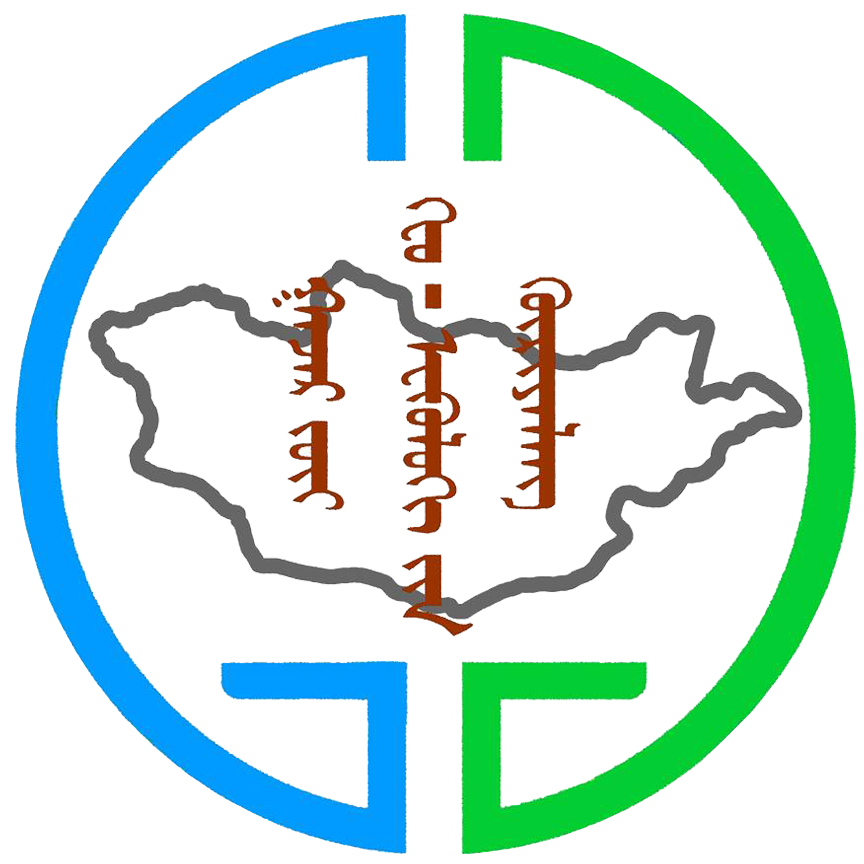Stand characteristics and effects of thinning ...
The development of ecological adapted silviculture and forest management is intensively discussed in Mongolia. Reliable data from experimental thinning trials are hardly available. Thinnings can have various effects on the stand level and single tree level, such as triggering growth, improve or lower stability against certain disturbances or change microclimate in soil. Our contribution focuses on the effects of thinning on growth and stand structure on the two most common tree species of the Mongolian mountain forest steppe. Larch (Larix sibirica Ledeb.) is the most important tree species in economic terms. Birch (Betula platyphylla Sukaczev) is of special ecological importance, especially on uccession sites. Silvicultural management of larch and birch generally requires early and intensive thinning in order to ensure good crown development, which is needed for good yield and good timber quality. In 2009 we established hinning trials during an UNFAO project (GCP/MON/002/NET) with the forest user group (FUG) Altansumber for studying the response of larch and birch to selective cutting. Overall 19 plots were established. Twelve plots belong to thinning trials: B I (pure birch stands, 3 plots), B II (pure birch stands, 3 plots); L I (pure larch, 3 plots); L II (pure larch, 3 plots).
There are no views created for this resource yet.
Additional Information
| Field | Value |
|---|---|
| Data last updated | September 24, 2018 |
| Metadata last updated | September 24, 2018 |
| Created | September 24, 2018 |
| Format | application/pdf |
| License | Бусад (Нээлттэй) |
| created | over 7 years ago |
| format | |
| id | 77f78a5f-3298-4838-9a79-f5b064569683 |
| last modified | over 7 years ago |
| mimetype | application/pdf |
| on same domain | True |
| package id | 1e8691b4-3bbc-468e-a260-ae26861856d3 |
| revision id | 1f134f15-6c2f-4827-b087-a18ae6aeca33 |
| size | 5.3 MiB |
| state | active |
| url type | upload |
